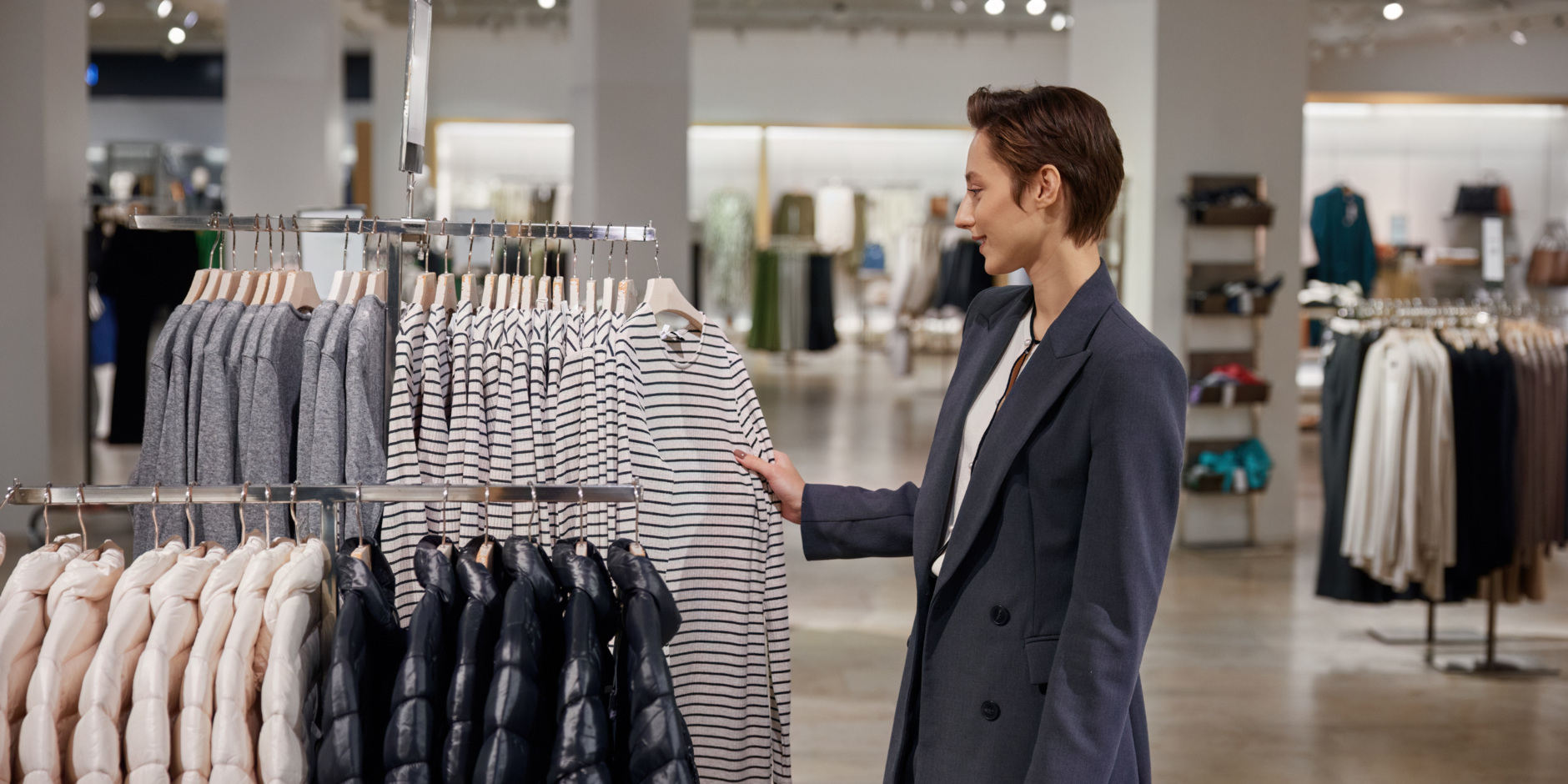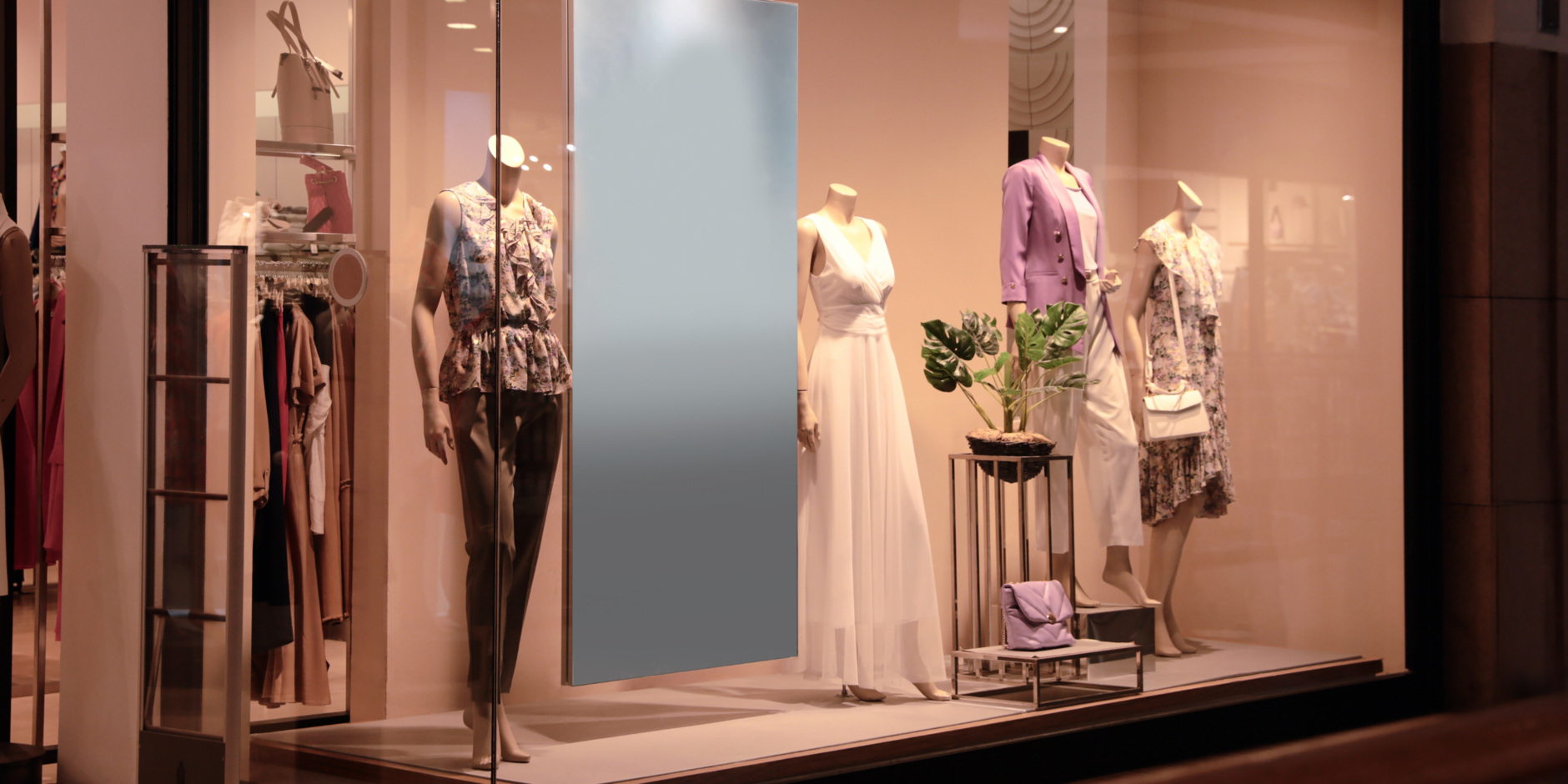Retail is details or how to prepare for the store opening
Every entrepreneur who opens his own store hopes that the project will be successful and will start making a profit as soon as possible. In practice , it doesn't work out that way, and often it doesn't work that way at all.
Let 's look at what needs to be done and what mistakes not to make in order for the store to be truly successful.
First of all, I want to remind you about the classic 5P marketing mix:
Product – product (product, service)
Price – price
Place – location
Promotion – promotion (advertising)
People – people
This will form the basis of your business.
In accordance with the marketing mix, we clearly define the target audience (CA), which the store will focus on, and its specialization (fashion, sports, children's, shoe, home decor, etc.). After that, it will become clear which product should be presented in the store, at what price, and where the most suitable location for opening is determine which channels of communication with potential customers to use and which advertising will be most effective. The fifth element, People, refers to the employees of your store. What they should be in order to match the store's format.

The second step is to make sure that we make economic calculations of the store's activities for a period, preferably for a year. The resulting financial model will become the roadmap of your business, which is always important, but especially at the beginning. As one of the rules of doing business says, you can only manage effectively what is expressed in numbers.
Another important step of the preparatory stage is assortment planning. If you do not plan in advance the width and depth of the assortment, the number of SKUs, and the size ranges (for a clothing or shoe store), you can either to face a shortage of goods, or to face its surpluses. Both have a negative impact on financial performance.
The next stage is the selection of the room and its arrangement. Everything here should also correspond to the same 5P marketing mix.
Example: a trendy youth clothing store should not be located in an area where there is no such audience or very little. The prim classic interior will not match the spirit of the CA, which means it will not be attractive to her. If curvy and middle-aged women work as sellers in such a store, communication with the store's customers is unlikely to be effective.
It is important not to forget to pay attention to merchandising – the layout and display of goods in the store, the design of storefronts and the sales floor, the availability of POS materials that inform customers about ongoing promotions and new offers.

Now a few words about the fifth element of the marketing complex – People.
The quality of staff selection, hiring, training, and motivation is a key factor in your store's success.Pay close and daily attention to this, develop and value your employees, because they are the ones who earn money for your business, and therefore for you. This is a resource without which, even with the best location and a great product offer, the business will lose revenue, and the buyer will leave his hard-earned money where the customer service is better.
The most common mistake among beginners, and not only entrepreneurs , is an error when choosing a location for a point of sale. Rather, not one, but several errors. Here are the most frequently committed ones as a checklist.
1. The location doesn't match your target audience
A premium clothing store is opening in a residential area where low -income people live. Usually the main reason for this choice is the low rent.
2. Limited customer traffic
The room is located in a closed residential complex or cottage village.
Even with the right target audience, difficulties will begin to arise after a short period of time. The reason is that there is no influx of new customers, and the resource of repeat and subsequent purchases is not endless.
3. Incorrect assessment of competition
As the popular rule says: open up where others are already working.
True, but with a very significant caveat – first of all, competitors working nearby should not have a clear advantage over you.
As an example, a small store opens next to a large chain store that has a similar product at lower prices. You can imagine what the result will be in the end.
4. Neglecting the store's visibility
Shop it opens in a far corner of the shopping center or in some alley where it is not visible and difficult to find. In this case, the rent is low again, but imagine how much money you will have to spend to attract buyers.…
5. Inappropriate environment
I often see shops opening in the central streets, but only banks or public catering are located nearby.
It seems to be great - the center, there is customer traffic, but the store is empty.
The reason is clear – the location does not meet the needs of potential customers.
6. Low shop identification
This means that the room has very small or no storefronts, there is no place for a clearly visible signboard. As a result, it is difficult for potential buyers to recognize the store's location, and they are unlikely to want to go through search quests.
Summarizing all the above, I would like to remind entrepreneurs in the field of fashion retail of a short but very succinct phrase in English: Retail is details (the retail business is the details). For a retail store to be successful, it is necessary to know all the details and pay close and professional attention to them.